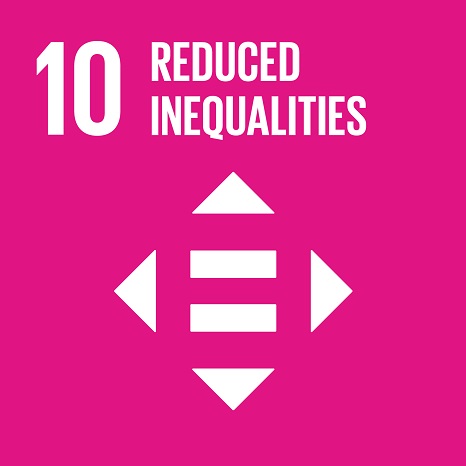Ciência_Iscte
Publications
Publication Detailed Description
HMM-based Brazilian Portuguese TTS
Proc. Propor 2008 Special Session (Computational Processing of the Portuguese Language)- Applications of Portuguese Speech and Language Technologies
Year (definitive publication)
2008
Language
English
Country
Portugal
More Information
Web of Science®
This publication is not indexed in Web of Science®
Scopus
This publication is not indexed in Scopus
Google Scholar
This publication is not indexed in Overton
Abstract
In this paper, a Hidden Markov Models-based Text-to-Speech system (hereafter HTS) for Brazilian Portuguese (BP) was
presented. The Brazilian Portuguese Text-to-Speech system (hereafter BP TTS), within other languages, will be enabled in
several Microsoft products whose release date is still being planning. The architecture of the system was described as well as
the main issues arising from this specific language development. The test plan and procedures were presented and its results
were discussed. The comprehension tests carried out by 7 listeners gave rise to 98.915% of overall intelligibility rate
distributed by the following domains: e-mail/sentences, addresses, person’s names, date and time and news/paragraphs.
Another comprehension test was carried out with a competitor commercial system and the obtained overall intelligibility rate
was 91.95%.
Acknowledgements
--
Keywords
Brazilian Portuguese TTS,HMM,MLDC
Fields of Science and Technology Classification
- Computer and Information Sciences - Natural Sciences
- Electrical Engineering, Electronic Engineering, Information Engineering - Engineering and Technology
- Languages and Literature - Humanities
Contributions to the Sustainable Development Goals of the United Nations
With the objective to increase the research activity directed towards the achievement of the United Nations 2030 Sustainable Development Goals, the possibility of associating scientific publications with the Sustainable Development Goals is now available in Ciência_Iscte. These are the Sustainable Development Goals identified by the author(s) for this publication. For more detailed information on the Sustainable Development Goals, click here.

 Português
Português



